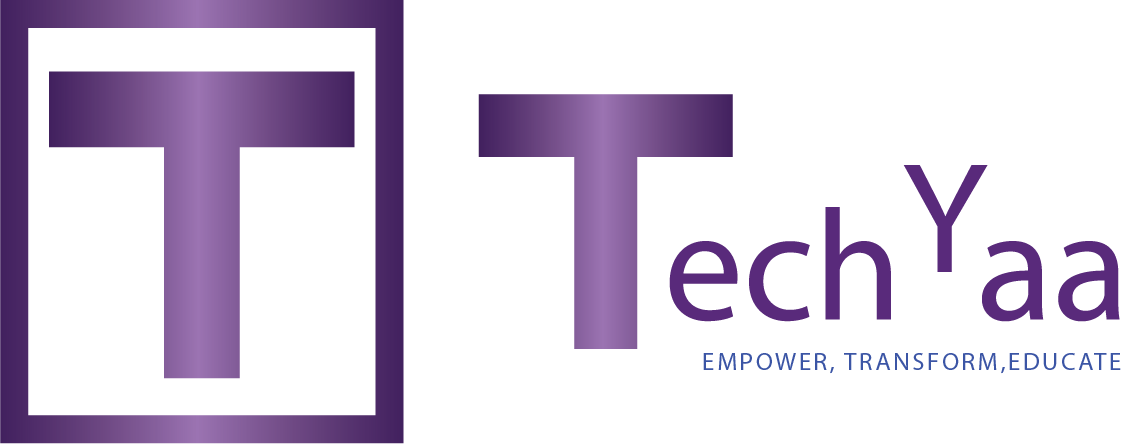In today’s fast-paced digital world, software development has evolved significantly, with Agile methodology emerging as a game-changer. Agile Development has revolutionized the way teams collaborate, iterate, and deliver software products. Its adaptive nature and emphasis on customer feedback have propelled it to the forefront of modern development practices. But what exactly is Agile, and how does it work? Agile is a flexible and iterative approach to software development that prioritizes customer collaboration, responsiveness to change, and incremental delivery of value.
In this comprehensive guide, we’ll demystify Agile Development, exploring its foundational principles such as customer satisfaction, iterative development, and continuous improvement. We’ll delve into Agile methodologies like Scrum, Kanban, and Lean, understanding how they facilitate teamwork, transparency, and adaptability within development projects. Additionally, we’ll uncover best practices for implementing Agile, from effective sprint planning to fostering a culture of collaboration and experimentation.
By navigating the Agile landscape, teams can streamline their software delivery processes, accelerate time-to-market, and meet the evolving needs of customers and stakeholders. With its focus on adaptability and customer-centricity, Agile Development remains a cornerstone of modern software engineering, enabling organizations to thrive in an ever-changing digital landscape.
Understanding Agile Development
At its core, Agile Development is a mindset, a set of values, and principles aimed at delivering high-quality software in a flexible and adaptive manner. Unlike traditional waterfall approaches, where projects follow a linear progression from planning to execution, Agile embraces change, promotes customer collaboration, and focuses on delivering working software iteratively and incrementally.
Key Principles of Agile
Agile Development is guided by the following core principles:
- Customer Collaboration over Contract Negotiation: Agile emphasizes the importance of continuous collaboration with customers to ensure their evolving needs and expectations are met.
- Responding to Change over Following a Plan: Agile teams welcome change and adapt their plans and processes accordingly to deliver maximum value.
- Delivering Working Software Frequently: Agile promotes iterative development cycles, where functional software increments are delivered in short iterations, typically ranging from one to four weeks.
- Individuals and Interactions over Processes and Tools: Agile values people and their interactions more than rigid processes and tools, fostering a culture of collaboration and teamwork.
Agile Methodologies
Several Agile methodologies exist, each offering its own framework for software development. Some popular Agile methodologies include:
- Scrum: A lightweight Agile framework that emphasizes small, cross-functional teams working in short, time-boxed iterations called sprints.
- Kanban: A visual Agile method that focuses on continuous delivery and workflow optimization through the use of Kanban boards.
- Extreme Programming (XP): An Agile methodology that emphasizes engineering best practices such as pair programming, test-driven development (TDD), and continuous integration.
Best Practices for Agile Development
To succeed in Agile Development, teams should adopt the following best practices:
- Cross-functional Teams: Form teams comprising members with diverse skill sets to promote collaboration and collective ownership.
- Iterative Planning and Feedback: Conduct regular planning sessions and gather feedback from stakeholders to adapt and refine project goals and priorities.
- Continuous Integration and Delivery: Automate the build, test, and deployment processes to ensure frequent and reliable software releases.
- Transparent Communication: Foster open and transparent communication channels within the team and with stakeholders to promote trust and alignment.
- Empirical Process Control: Embrace empiricism by inspecting and adapting processes based on real-time data and feedback.
At the End
In conclusion, Agile Development offers a flexible and adaptive approach to software delivery, enabling teams to respond to changing requirements and deliver value to customers more efficiently. By embracing Agile principles, methodologies, and best practices, organizations can streamline their software development processes, enhance collaboration, and achieve greater success in today’s dynamic digital landscape.
Are you ready to embark on your Agile journey? Let’s navigate the Agile landscape together and unlock the full potential of your software development initiatives.
Stay tuned for more insights and tips on Agile Development in our upcoming blog posts!




